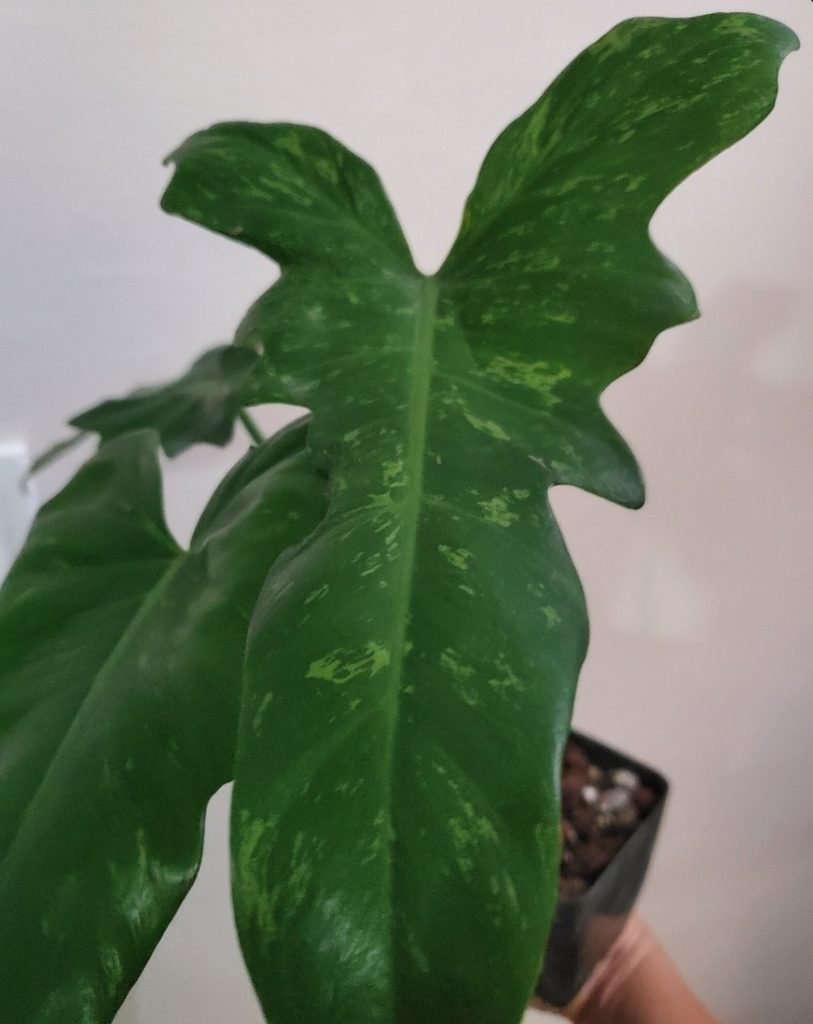Philodendrons are beautiful tropical house plants that can grow very large. To stop your plant from taking over your home, you may need to trim off some of the vines. Philodendrons come in many different varieties, and some grow vines up to 20 feet long. You can prune your plant to keep the desired shape and size.
In most cases, philodendrons don’t need much pruning; you may need to cut off the odd dead leaf or prune your plant if it’s suffered from sun damage. Long vines can be encouraged to climb up a moss support or a fence if they grow outdoors.
If you have a large, unruly-looking philodendron, it may benefit from some pruning. Let’s look at how to trim a philodendron plant to help it look its tropical best.
Pruning a Philodendron Plant

If you’re not sure whether to trim your plant, it’s probably best to wait. Most philodendrons don’t require much pruning, and you should only do this job if necessary. When pruning, you should be careful not to ruin the plant’s appearance. Don’t cut off too much; only trim the vines that are too long or have been damaged. Like a good haircut, it shouldn’t be obvious that you’ve taken the scissors to your plant.
It’s beneficial to trim a philodendron plant to limit its size and stop it from taking up so much space in your home or yard. If the plant has been damaged or looks leggy, pruning will help to improve its appearance. It’s best to prune your plant during the growing season, in either spring or fall. Here are some tips to help you prune your philodendron plant:
1. Trim During the Growing Season

Your philodendron plant can be pruned at any time of year, but it’s best to trim during the growing season. It’s best to lightly trim your plant to remove dead, damaged, or yellowing leaves, if necessary, in the fall or winter. If you want to cut your plant back to make it smaller or improve its appearance, wait until the spring.
2. Use a Sharp Blade
Before you start pruning, you’ll need to ensure you have a clean pair of scissors or a clean, sharp knife. You can sterilize your pruning tools by washing them and then pouring boiling water over the blades. Alternatively, make a solution of bleach and water to dip your tools in.
It’s important to sterilize your tools to prevent disease or bacteria from being spread. If you’re using bleach for sterilization purposes, ensure you rinse your tools well before use so that the plant isn’t affected. Bleach can also cause corrosion to metal objects, so it’s best to wash and dry your tools well before and after use.
Another method of sterilization is to wipe your tools using rubbing alcohol. This is very effective and won’t cause corrosion.
3. Start with The Longest Vines

Begin punning by trimming off your philodendron’s longest vines. You can also look for old stems that look leggy, are turning yellow, or have dead leaves. Cut off stems that are old and leafless. It would help if you cut the vines off where they meet the main stem of the plant. Vines that seem to be growing out of the ground can be cut off at soil level.
4. You Can Pinch off Leaves for a Quick Trim

If you want to give your philodendron a quick prune, you can pinch the leaves off the vines and also pinch off the vine tips. This helps get rid of dead leaves and gives your plant a quick tidy-up without having to sterilize any tools. Regular pruning in this way will encourage new growth on your plant, and it will become bushier.
5. Cut Above the Leaf’s Node
When cutting or pinching vines off your plant, always cut just above the leaf’s node. This is the place on a stem where new foliage will grow. If you don’t cut in the right place, you’ll end up with a plant that has unsightly stubs.
Conclusion
Most philodendrons don’t require much pruning. However, you can trim your philodendron to help maintain its size and appearance. You can also pinch any dead leaves or stems off with your fingers to help tidy up the plant.
When using tools or cutting implements, it’s crucial to first sterilize your knife to avoid spreading bacteria. This is particularly important if any of your houseplants have had a fungal or bacterial infection, as you don’t want to spread it to other plants.
